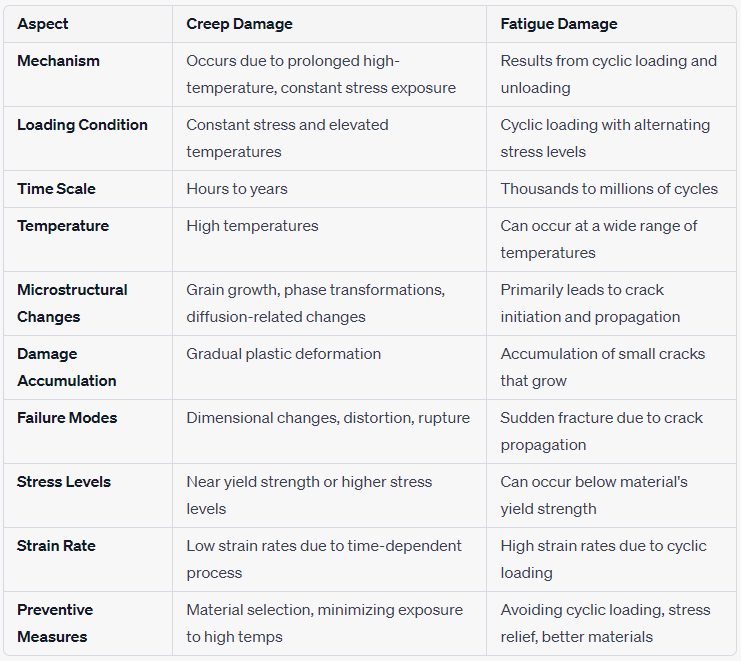Key Differences: Pitting, Mesa, and Flow-Induced Localized Attacks
- matintegrity
- Jul 2, 2023
- 2 min read
In the realm of materials science and corrosion studies, various types of attacks can compromise the integrity and durability of metal surfaces. Pitting attack, mesa attack, and flow-induced localized attack are three distinct corrosion phenomena that can significantly impact the performance of materials in different environments.
In this article, we will explore the key differences between these types of attacks and shed light on their unique characteristics.
Pitting Attack: Pitting attack is a localized form of corrosion that leads to the formation of small pits or cavities on a metal surface. It occurs when anodic and cathodic regions are established within a confined area, resulting in accelerated corrosion. Pitting can occur in various metal alloys, such as stainless steel, aluminum, and copper, and is often initiated by factors like chloride ions, oxygen concentration, and pH levels. Pitting attack can be particularly dangerous as it tends to progress rapidly and can cause catastrophic failure even in the presence of a relatively small number of pits.
Key characteristics of pitting attack:
Initiates at small defects or imperfections on the surface.
Forms localized, deep pits that can penetrate through the entire material thickness.
Can occur under stagnant conditions or in areas with limited oxygen diffusion.
Often driven by electrochemical factors, such as galvanic coupling or differential aeration.
Mesa Attack: Mesa attack is a form of localized corrosion similar to pitting attack, but it differs in terms of its morphological features. Unlike pitting attack, which forms deep, narrow pits, mesa attack results in the formation of shallow, wide depressions or mesas on the metal surface. This type of corrosion is typically associated with specific alloys or environmental conditions and can be influenced by factors like temperature, flow rate, and the presence of aggressive species.
Key characteristics of mesa attack:
Occurs in specific regions or hotspots on the metal surface.
Leads to broader and shallower depressions or raised areas compared to pitting attack.
Often observed in alloys with selective dissolution of specific phases or constituents.
Can be influenced by temperature gradients, microstructural variations, or localized stress.
Flow-Induced Localized Attack: Flow-induced localized attack, also known as erosion-corrosion, is a unique form of corrosion that arises due to the combined action of a corrosive environment and fluid flow. This type of attack is commonly observed in systems where fluid flow creates turbulent conditions, leading to the removal of the protective surface layer and exposing the underlying metal to aggressive agents. Flow-induced localized attack can occur in pipelines, heat exchangers, valves, and other components subjected to high-velocity fluid flow.
Key characteristics of flow-induced localized attack:
Typically occurs in regions where the fluid flow undergoes turbulence or experiences changes in direction.
Results from the combined effects of mechanical erosion and chemical corrosion.
Leads to localized loss of material, often characterized by grooves, notches, or irregular surface features.
Factors such as flow velocity, fluid composition, and surface roughness influence its severity.
Conclusion:
Pitting attack, mesa attack, and flow-induced localized attack are distinct forms of corrosion with their unique characteristics and influencing factors. Understanding these differences is crucial for engineers, scientists, and industry professionals working to mitigate the detrimental effects of corrosion on metal structures and materials. By employing appropriate corrosion prevention strategies and materials selection, it is possible to minimize the risks associated with these corrosion phenomena and enhance the longevity and reliability of industrial assets.







Comments